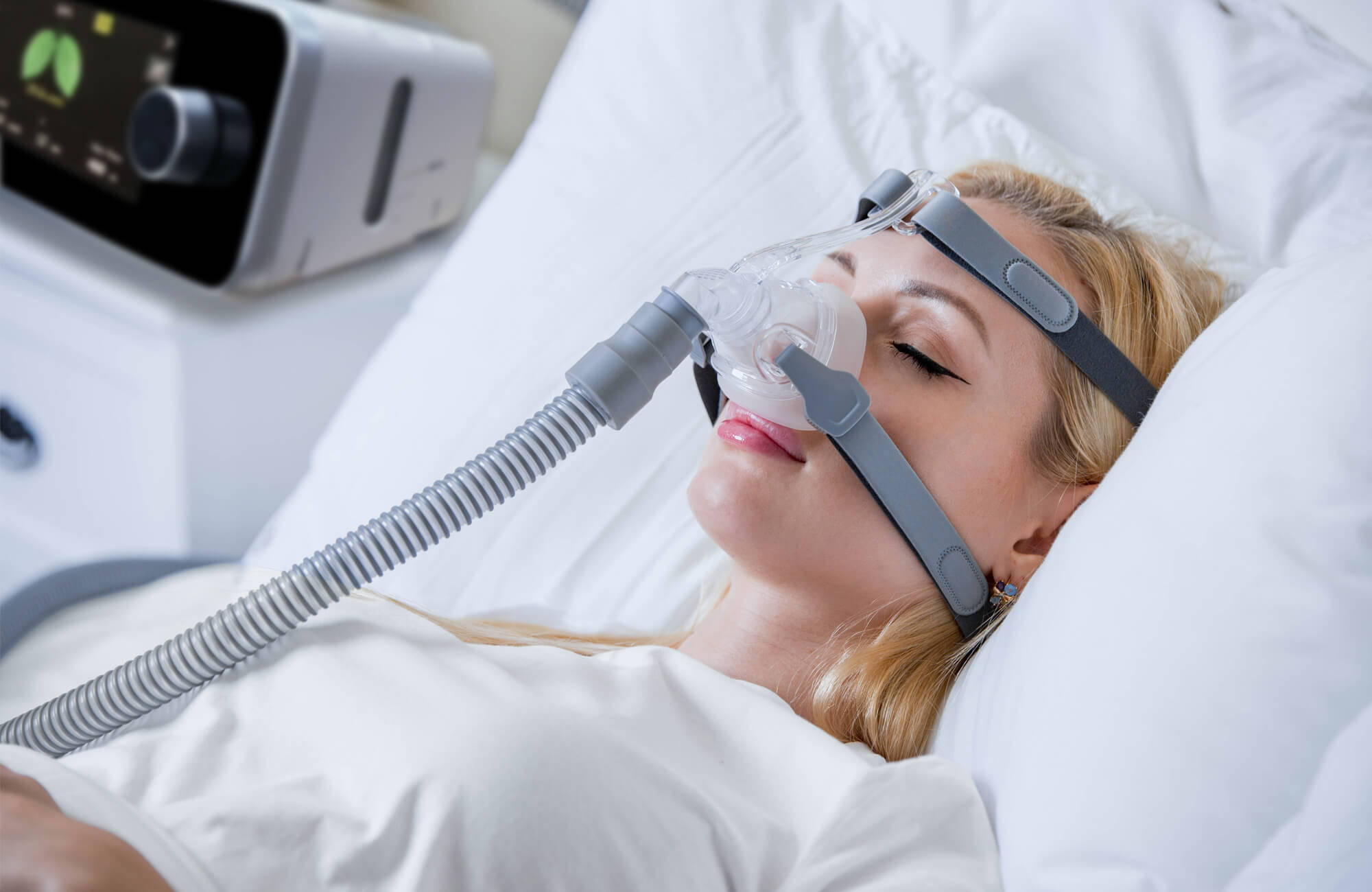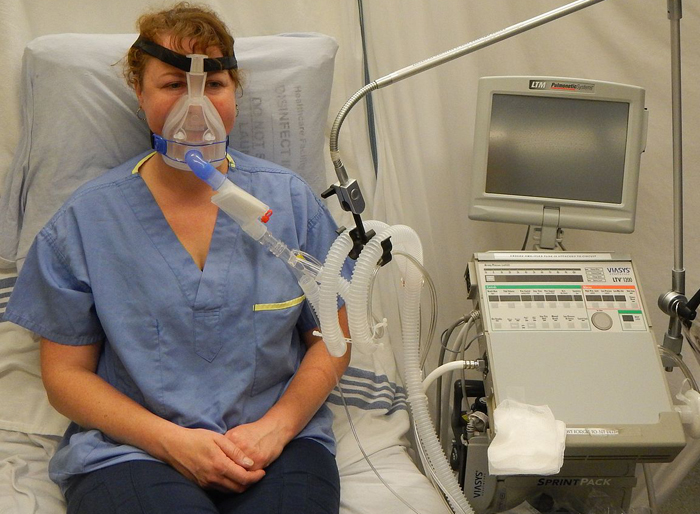Bipap vs. CPAP: Which Is the most effective for Your Sleep Disorder?
When browsing the complexities of rest disorders, the selection in between BiPAP and CPAP therapy is a critical factor to consider. Each modality uses one-of-a-kind benefits customized to particular problems, yet the choice hinges on specific patient needs and convenience levels. While CPAP provides a consistent airflow ideal for obstructive rest apnea, BiPAP's dual pressure setups might enhance convenience for those with more complex respiratory concerns. Recognizing these differences can significantly influence therapy effectiveness, leaving one to consider which option absolutely lines up with their health and wellness requirements and lifestyle.
Recognizing Sleep Disorders
Sleep disorders include a variety of conditions that disrupt typical sleep patterns, influencing both the high quality and period of rest. These problems can materialize in various types, including sleeplessness, rest apnea, narcolepsy, uneasy leg syndrome, and parasomnias. Each problem provides unique difficulties, typically leading to considerable daytime fatigue, cognitive disability, and psychological disturbances.
Sleep problems is characterized by trouble falling or remaining asleep, while sleep apnea entails repeated disruptions in breathing during rest, typically leading to fragmented remainder. Narcolepsy, on the various other hand, is noted by excessive daytime sleepiness and unexpected rest strikes. Agitated leg syndrome triggers uncomfortable feelings in the legs, triggering an uncontrollable urge to move them, which can additionally prevent the capability to sleep.
The effect of rest disorders expands beyond individual wellness, influencing total efficiency, relationships, and quality of life. Understanding the specific nature of each condition is critical for reliable medical diagnosis and therapy. As sleep health and wellness becomes increasingly identified as an important element of general wellness, resolving these problems is necessary for improving both rest top quality and day-to-day functioning.
How CPAP Works
Constant Positive Respiratory Tract Stress (CPAP) therapy is frequently used as a main therapy for obstructive sleep apnea (OSA) The system of CPAP involves the usage of a maker that supplies a stable stream of air via a mask worn throughout sleep. This airflow maintains positive stress in the air passage, protecting against the collapse or obstruction of the throat that can occur throughout rest.
When an individual inhales, the CPAP device offers a continual flow of air, guaranteeing that the airway continues to be open - BiPAP Rental. This not only minimizes the signs and symptoms of OSA, such as snoring and disrupted rest patterns, yet additionally minimizes the involved health risks, including cardio difficulties and daytime tiredness
The pressure setups on a CPAP device can be personalized to fulfill specific client requirements, commonly figured out through a sleep study. Overall, CPAP treatment has actually been revealed to considerably boost the quality of sleep and overall health and wellness for people experiencing from obstructive rest apnea.
How BiPAP Functions
BiPAP, or Bilevel Positive Respiratory Tract Pressure, is a specialized kind of non-invasive air flow that is particularly valuable for individuals with problems such as complex rest apnea or respiratory conditions. Unlike CPAP, which supplies a continual stream of air at a solitary stress, BiPAP supplies two distinctive pressure settings: a greater inspiratory pressure article for inhalation and a reduced expiratory stress for exhalation. This dual-pressure strategy permits for much easier breathing, reducing the effort required during exhalation.
The tool operates through a mask fitted over the nose or mouth, connected to a machine that creates air stress. When the person breathes in, the machine delivers the greater stress to assist with air flow, making sure that the respiratory tract stays open. Upon exhalation, the device immediately minimizes the stress, making it a lot more comfortable for the person to take a breath out.

Trick Distinctions In Between BiPAP and CPAP

On the other hand, BiPAP (Bilevel Positive Respiratory tract Stress) uses two various pressure setups: one for breathing and a lower one for exhalation. This dual pressure system permits more comfortable breathing, specifically for people that deal with breathing out versus a constant pressure. BiPAP is typically advised for clients with complex sleep apnea, chronic obstructive pulmonary illness (COPD), or those that require added support during sleep.
Furthermore, the complexity of BiPAP gadgets typically causes a higher price and requires a lot more cautious titration than CPAP. BiPAP Rental. Understanding these essential differences can assist in recognizing which tool might be preferable for certain sleep conditions, establishing the foundation for informed therapy decisions
Selecting the Right Treatment
The choice in between BiPAP and CPAP treatment largely have a peek at this site hinges on the particular characteristics of the rest condition, the individual's total wellness, and their convenience with the tool. CPAP, which supplies a continuous stream of air, is typically suggested for obstructive sleep apnea (OSA)
Conversely, BiPAP supplies two degrees of pressure: one for breathing and a reduced one for exhalation. This dual stress system is useful for people with complex rest apnea or those who experience difficulty breathing out versus a continuous stress. In addition, BiPAP is usually recommended for individuals with respiratory system conditions, such as chronic obstructive lung disease (COPD), where varying stress setups can improve convenience and compliance.
Ultimately, a thorough examination by a rest specialist, including a rest research study, can assist establish which therapy lines up ideal with the patient's requirements. Factors such as convenience, convenience of usage, and certain clinical conditions need to likewise be considered to maximize treatment outcomes.
Conclusion
In summary, both BiPAP and CPAP serve distinct purposes in the management of sleep problems. CPAP works for obstructive sleep apnea via constant air movement, while BiPAP offers twin stress settings that improve comfort for those with complicated rest apnea or respiratory system issues. The choice between these therapies need to be guided by individual requirements and problems, necessitating a comprehensive analysis by a sleep expert to ensure ideal treatment results and boosted quality of sleep.

On the whole, CPAP therapy has actually been shown to significantly improve the high quality of rest and overall health and wellness for people suffering from obstructive sleep apnea.
BiPAP is usually recommended for clients with complex sleep apnea, persistent obstructive pulmonary disease (COPD), or those that need additional support throughout rest.
CPAP is effective for obstructive sleep apnea through regular air movement, while BiPAP offers twin pressure setups that enhance comfort for those with complex sleep apnea or breathing concerns.